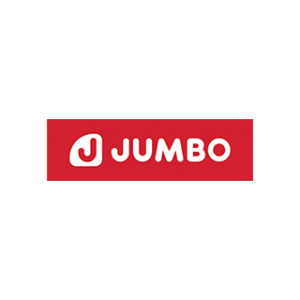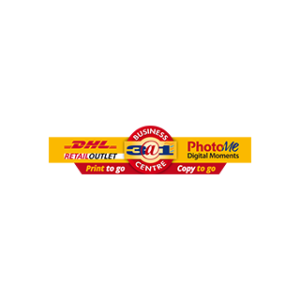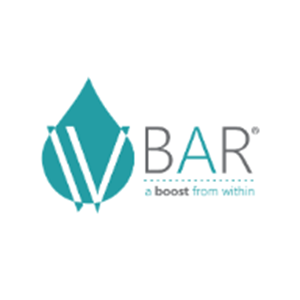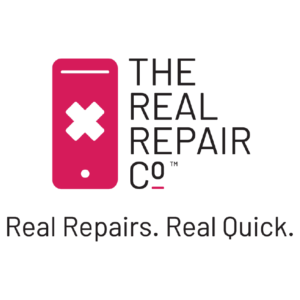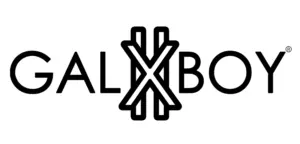Online payment fraud is real. Since the whole world migrated online in 2020, online payment fraud skyrocketed. Indeed, at $17.5-billion in 2020 and then around $20-billion in 2021, data breaches were higher in 12 months than in the previous 15 years combined. That’s why how to create a secure payment gateway should be at the top of your mind as a merchant.
You don’t want your customers to become prey to nefarious thieves likely to be part of highly organised and sophisticated groups. Rather than seeing your customers become yet another frightening statistic, you can notch up your online security. Customers want to relax in the knowledge that their personal data is utterly safe with you. And if shoppers trust you, it will likely translate into sales.
But first, what is payment gateway security?
A payment gateway is like the sturdy bridge between an e-commerce site and the bank. But if it’s not built high enough, or with the correct materials, a pirate ship with wily cyber criminals, could strike the bridge. In our metaphor, the cracks in the bridge allow for data breaches and fraudulent activity.
How to create a secure payment gateway with the right provider
Do your research. This is the bottom line when choosing a payment gateway provider. How to create a secure payment gateway means looking for providers offering advanced security features. They need to have encryption, tokenisation and fraud prevention mechanisms. Read reviews of payment gateway providers and then pen your short list.
Meanwhile, here at Payflex we guarantee simple, secure online transactions. Learn more about our robust payment gateway.
Best Ways To Improve Payment Gateway Security
1. Implement Secure Practices
There are several practices that merchants can adopt to enhance payment gateway security. Create strong passwords and regularly update them to prevent unauthorised access. Implement two-factor authentication to add an extra layer of security. Secure your payment gateway infrastructure with firewalls and intrusion detection systems. Regularly update and patch software and plugins to fix vulnerabilities.
2. Protect Customer Data
Collect only necessary customer information and avoid storing sensitive data whenever possible. Encrypt and tokenise customer data. Implement secure protocols like HTTPS and SSL/TLS for encrypted data transmission. Most importantly, comply with industry standards and regulations such as PCI DSS (Payment Card Industry Data Security Standard). Customer trust must be earned and maintained.
3. Educate Staff and Customers
Your employees and shopper base are your allies when it comes to online security. Train your employees on best security practices and the importance of data protection. Educate your customers on safe online practices. If you have an email newsletter you send out, detail the types of scams out there.
4. Keep an eye out for suspicious activity
Your best bet is to a real-time monitoring system. This will analyse transactions and user behaviour. You can use fraud detection tools to identify and prevent fraudulent transactions promptly. In case of security incidents, respond swiftly and notify your customers. Assure them that you are true custodians of their data.
5. Do regular security audits
Conduct periodic security audits to identify vulnerabilities and address them promptly. Ensure compliance with industry regulations and standards, which may evolve over time. Engage third-party security professionals for independent assessments to gain insights and recommendations for improving security.
Keep the cyber pirates at bay and keep your bridge intact!
Simply put, a secure payment gateway is your ticket to higher sales. Remember, a strong focus on security not only protects your customers but highlights your credibility. This is an important trait to have in the big wide digital world.
Not only does Payflex guarantee simple, secure online transactions but our interest-free payment plan drives up order value, repurchase rates and increases overall sales. Learn more about our leading payment gateway system.



